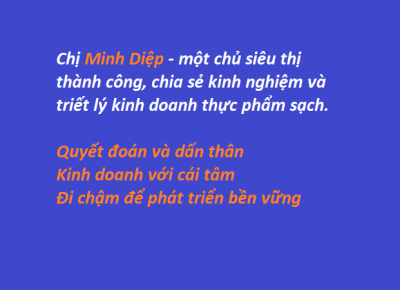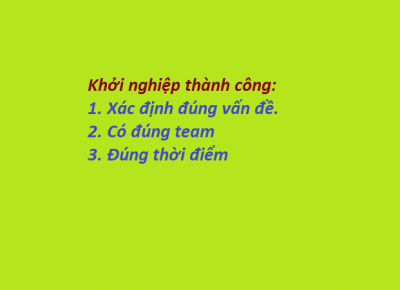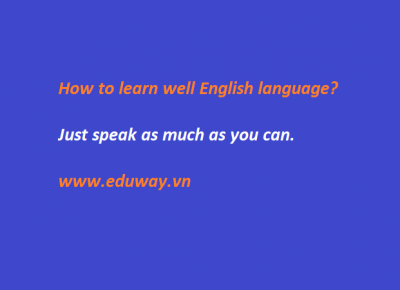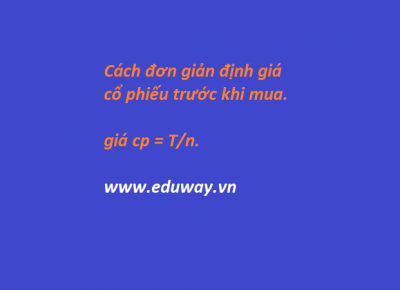Tin tức
Higher Order Thinking Skills
Viết bởi: teachreadingstrategie, 16 04 2020
Higher Order Thinking - Bloom's Taxonomy
Higher order thinking is the ability to think beyond memorizing facts or knowledge. Higher order thinking skills involve applying the knowledge, finding connections between facts, understanding the material, and manipulating the information in order to find new ways to discover solutions to problems. Benjamin Bloom, an educational psychologist, developed a classification system that defined lower and higher order thinking. This system is known as Bloom's taxonomy. The six levels within the cognitive domain are listed from lower to higher: knowledge, comprehension, application, analysis, synthesis, and evaluation. (http://k12reader.com)
Bloom's objectives were separated into three domains:
Cognitive objectives which are associated with facts and skills, such as recalling, reciting, creating, and designing.
Affective objectives which are those that display feeling and attitude. (This is the emotion a teacher hopes to instill, for example, a love for learning and discovery)
Psycho-Motor objectives which are related to the development of physical skills, such as movement and coordination. This domain has not been fully developed by Bloom.
Among educators, the taxonomy of the cognitive domain is used most often. It is task oriented and easily measurable. (Nelson, 2011)
Comprehension is the second classification level of Bloom's Taxonomy, which assesses true reading comprehension skills. By using higher levels of questioning, students will develop a higher order of thinking. Asking questions before reading can provide the teacher with insight of how the students will process the information. Pre-reading questions can assist learners with making connections and generating interest in the story or text. (Nelson, 2011) You can use questions that allow students to Predict what the text will be about. Post-reading questions are used to help the students process new information. To help the student progress through the levels of learning, you can ask questions that lead to analysis and application.

Science Content Area:
Bloom's taxonomy could be used at the beginning of a new unit. The teacher could ask the students questions about what they know using words from the chart listed above under the Know category. Then, the teacher would provide the students with some text to read about the topic. Following the reading, the teacher would ask questions checking the student's comprehension. They would use question starters from the Comprehend box above. The next phase is asking students to apply their knowledge. Perhaps they would conduct a lab experiment, and use the questions from the Apply category to solve a problem, or to Report on the process. After the lab is complete, the teacher would ask the students to analyze the data. The teacher would provide the students with a list of questions that would require the students to Examine, classify, compare, or illustrate the data. After the students complete this step, they would move on to synthesize the information. The teacher would have the students to use their information from the text and experiment and synthesize that data by using questions and writing prompts such as: Organize, create, compose, etc. Finally, the students move on to the final phase of evaluate. This step could be complete by asking students to complete a lab evaluation. They would have to defend, conclude, support or compare/contrast the information in order to complete this final step.
Social Studies Content Area:
In the content area of social studies, teacher can use Bloom's taxonomy to begin a unit, for example if the lesson is on President's the teacher would start out with drawing on student's prior knowledge and find out what they know. Next, student's would read selected text and then answer questions that would demonstrate their comprehension. The following step would lead the students being able to apply their knowledge. Perhaps they can predict how events of the past will effect the country now? The next step is to analyze. Students can compare, examine, or distinguish different leadership styles. Next, students would move on to synthesize the information. Students could compose a report, perform a skit, or formulate their ideas based on the information that is presented to them. Lastly, the student's will have evaluate the information. This can be done by comparing/contrasting presidents, rating their performance, etc.
Bloom's Taxonomy connects to writing standards
Bloom's taxonomy can be used to meet several writing standards. However, the two standards that fit exceptionally well are MN writing standard 6.7.1.1 (Write arguments to support claims with clear reasons and relevant evidence). This standard expects that students will introduce a claim, support the claim, clarify relationships, and provide a concluding statement. The second standard that Bloom's taxonomy directly works with is, 6.7.2.2. This standard expects students to write informative/explanatory texts to examine a topic or concepts by selecting, organizing, and analysis of content. It requires students to introduce a topic, use strategies to define, classify, compare/contrast, use cause/effect, etc. Bloom's taxonomy provides teachers with vocabulary that will prompt students to reach each of the higher order thinking skills. These processes are directly linked to writing standards, which will help students master these standards.
Source: https://teachreadingstrategies.weebly.com/higher-order-thinking.html
Có thể bạn quan tâm
11 06 2023 Xem thêm
Feynman wrote a letter to his former student explaining what problems worth solving: The worthwhile...
27 05 2023 Xem thêm
Doanh nghiệp cần các kỹ sư và nhà nghiên cứu giải quyết vấn đề của doanh nghiệp đó như tối ưu vận...
16 03 2023 Xem thêm
Cần phải xác định đúng vấn đề và tìm một team phù hợp.
04 01 2023 Xem thêm
Lấy tổng tài sản (đã trừ nợ, trừ thuế) chia cho tổng số cổ phiếu.









